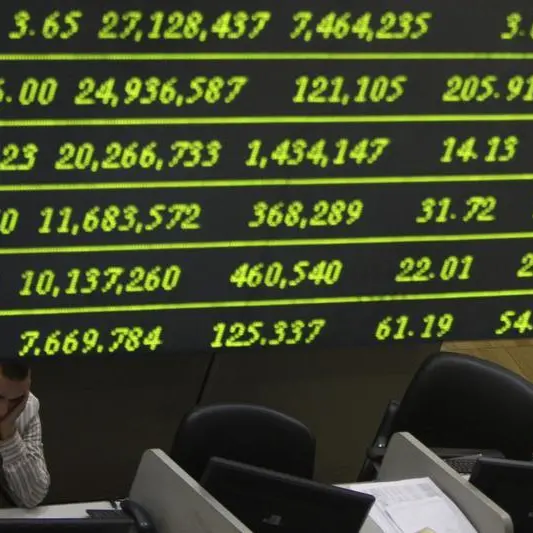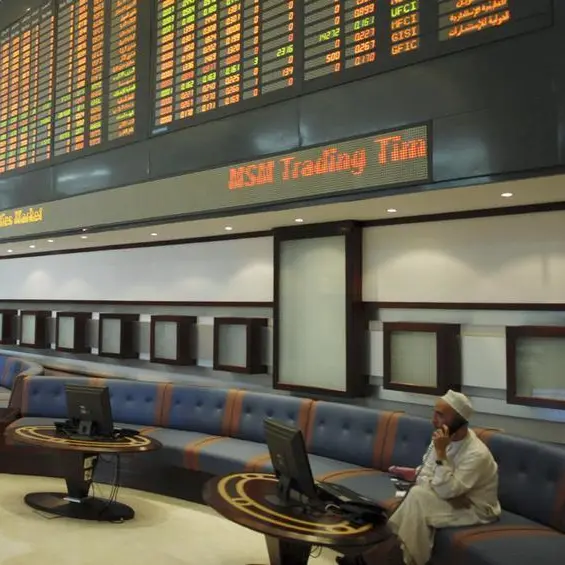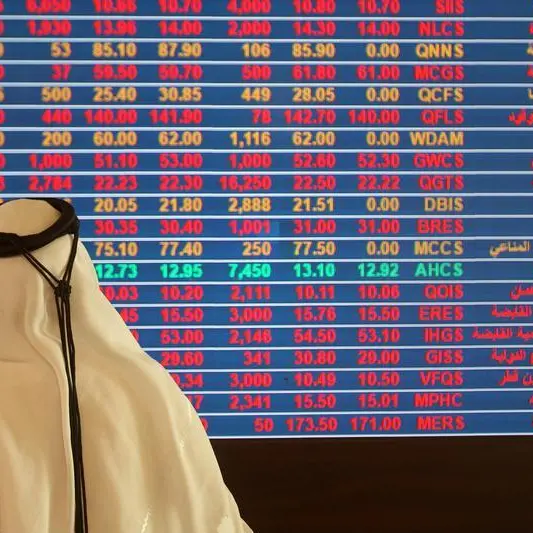PHOTO
The fixed income market in the GCC, while remaining elevated in 2021, declined slightly compared to issuances in 2020. Total issuances as of mid-December this year stood at $145.5 billion compared to $ 150.4 billion last year.
This trend is likely to continue in 2022, according to a new report by Kamco Invest.
The decline in 2021 was due to the better fiscal position of the regional governments backed by elevated oil prices. However, the same recovery in economy and investment opportunities encouraged the corporate sector into more fixed income issuances this year, partly offsetting the decline in government issuances.
"In addition, record low interest rates globally was also one of the key reasons for the increase in corporate issuances," the report said.
According to consensus estimates, GCC government’s fiscal deficits are expected to significantly decline next year from the record high level of around $125 billion seen last year.
"Both elevated oil prices as well as economic recovery is expected to result in higher revenues that would lower funding deficits for infrastructure investments. On the other hand, we expect the continued low interest rates, especially during 1H-2022, as seen from the latest US Fed comments, should encourage corporates as well as governments to prepone debt issuances to take advantage of the lower rates," said Junaid Ansari, Head of Investment Strategy & Research at Kamco.
Saudi Arabia and UAE remained the top fixed instrument issuers in the region with issuances of $55.2 billion and $42.6 billion, respectively, during 2021. The decline in issuances came mainly on the back of a fall in UAE and Saudi Arabian issuers by 16.6 percent and 3.8 percent, respectively, while the rest of the GCC countries reported marginal increase in 2021.
In terms of issuers, corporates overtook government issuers for the second consecutive year during 2021 with issuances totaling $ 77.5 billion as compared to $68.0 billion for government issuers.
Bonds and sukuk maturities stood at $55.1 billion in 2021 and the refinancing of these accounted for the bulk of the issuances by corporates and governments in the region.
“On the other hand, expected fiscal deficits for 2021 by most of governments in the region was also one of the key factors of elevated sovereign issuances during the year.”
(Reporting by Brinda Darasha; editing by Seban Scaria)
Disclaimer: This article is provided for informational purposes only. The content does not provide tax, legal or investment advice or opinion regarding the suitability, value or profitability of any particular security, portfolio or investment strategy. Read our full disclaimer policy here.
© ZAWYA 2021












